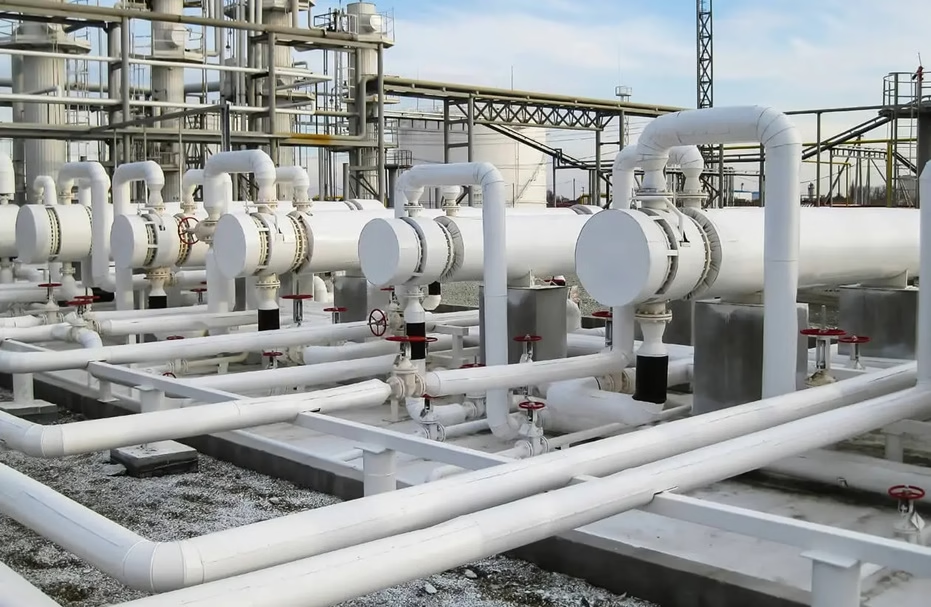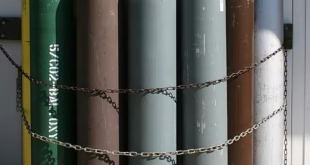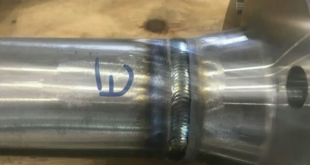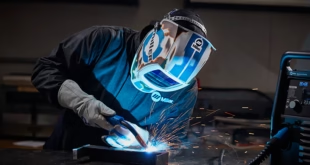The Complete Guide to the ASME B31.3 (Process Piping)
Process piping systems are the lifelines of chemical plants, oil refineries, gas processing facilities, and pharmaceutical factories. Ensuring the safe design, fabrication, and inspection of these systems is paramount, and that’s where ASME B31.3 steps in. This guide takes you through the entirety of ASME B31.3, breaking it down in simple, professional terms.
What is ASME B31.3?
ASME B31.3, titled “Process Piping,” is one of the most widely recognized piping codes globally. Issued by the American Society of Mechanical Engineers (ASME), this standard lays out the rules for design, materials, fabrication, assembly, inspection, and testing of piping systems typically found in chemical and petroleum plants.
Unlike residential or utility piping, process piping transports chemicals, hydrocarbons, gases, and other industrial fluids—often at high pressures and temperatures—within facilities. ASME B31.3 ensures these systems are engineered for safety, reliability, and integrity.
Why is ASME B31.3 Important in the Process Industry?
Think of B31.3 as the “rulebook” for building safe and durable process piping. It’s essential because:
It prevents failures and leaks that could lead to explosions or environmental harm.
It offers a universal standard, making collaboration between international teams easier.
It ensures compliance with industry regulators and insurers.

Scope and Application of ASME B31.3
Industries Where B31.3 Applies
B31.3 primarily governs piping in:
Chemical and petrochemical plants
Refineries and gas processing units
Pharmaceutical and food industries
Cryogenic and specialty gas systems
Systems and Materials Covered
ASME B31.3 applies to:
Piping systems with metallic and nonmetallic materials
Normal service, high-pressure, and toxic fluid categories
Components like valves, flanges, pumps, gaskets, and supports
Limitations and Exclusions
Some systems fall outside B31.3’s domain, including:
Piping on boilers (ASME Section I or VIII governs that)
Water and sewage systems within buildings
Piping governed by Code for Pressure Piping – B31.1 (power piping)
Key Definitions and Concepts
Piping vs. Pipeline: Understanding the Difference
This might seem like wordplay, but it matters legally and technically. Piping refers to systems inside facilities. Pipelines, on the other hand, are long-distance carriers of oil or gas—usually underground or across states. Different codes, different requirements.
Normal Fluid Service, Category M, High Pressure – What Do They Mean?
B31.3 classifies piping into:
Normal Fluid Service: Most common fluids like water, steam, and oil.
Category M Fluid Service: Toxic fluids where a leak could pose serious danger.
High Pressure Fluid Service: Systems operating at extremely high pressures with added design stringency.
These categories define design rigor, inspection level, and testing intensity.
Design Considerations in B31.3
Design Pressure and Temperature
These are the two pillars of piping design. Engineers must anticipate:
Maximum and minimum temperatures
Operating and design pressures
The code helps calculate what pipe wall thickness and material grades are safe for the application.
Allowable Stress and Wall Thickness Calculations
Using material strength data, the code helps determine how much stress a pipe can handle. The formula considers:
Internal pressure
Pipe diameter
Temperature effects
Corrosion allowance
Pipe Support and Flexibility Analysis
Process piping often expands when heated. So, systems must be designed to flex without cracking. This is where:
Expansion loops
Anchor points
Guides and spring hangers
come into play.
Materials Selection According to B31.3
Material Groupings and Ratings
B31.3 allows a range of materials: carbon steel, stainless steel, alloys, plastic, and even glass-lined piping. Materials are grouped by:
Strength
Corrosion resistance
Temperature behavior
Impact Testing and Material Toughness Requirements
Some materials become brittle at low temperatures. B31.3 mandates impact testing for:
Low-temp services
Certain wall thicknesses
Materials outside standard listings
Fabrication, Assembly, and Erection
Welding Requirements
Welding must comply with ASME Section IX. Key requirements include:
Qualified welding procedures (WPS)
Qualified welders and operators
Use of approved filler materials
Bending, Threading, and Forming
Formed pipes must be:
Free from cracks and surface defects
Within acceptable tolerances
Threading must ensure leak-tight connections for services like air or steam.
Inspection and Traceability of Fabricated Systems
Each spool or assembly must be:
Inspected visually
Traced to its material certificate
Verified for compliance with drawings and specs
Inspection and Testing Standards
Visual, Radiographic, Ultrasonic Testing
B31.3 defines:
Visual inspection as mandatory on all welds
RT/UT based on fluid category and weld joint type
Optional NDT techniques like penetrant or magnetic particle
Pressure Testing – Hydrostatic vs. Pneumatic
Once assembled, the system undergoes pressure testing:
Hydrostatic testing uses water and is safer
Pneumatic testing uses air/gas but poses explosion risks—more precautions are required
Acceptance Criteria for Defects
Not all weld flaws are rejections. B31.3 gives specific defect limits:
Size and length of cracks
Porosity, undercut, and lack of fusion
Root penetration and excessive reinforcement
Examination and Quality Assurance
Required Extent of Examination
The required amount of testing depends on:
Service category
System criticality
Owner requirements
Normal fluid services may need 5% random radiography, while Category M may need 100%.
Qualifications of Inspectors and Examiners
Inspectors must be qualified by:
Experience
Certifications (e.g., API 570, CSWIP)
Understanding of code requirements
Flexibility and Stress Analysis
Expansion Loops and Stress Ranges
Thermal expansion can damage fixed systems. Flexibility must be analyzed and built in. Expansion loops absorb this movement, and stress calculations ensure:
Pipes don’t crack or buckle
Anchors can hold reaction forces
Allowable Displacement Stresses and Reactions
Piping stress is categorized as:
Sustained stress (from weight and pressure)
Displacement stress (from expansion)
B31.3 sets limits for both and guides when restraints, guides, or loops are required.
Maintenance, Repair, and Alteration
Guidelines for Repairs
If a system is damaged or corroded:
Repairs must be done by qualified welders
Inspections and testing are often repeated
Material traceability and welding logs must be retained
When to Apply New or Original Code Rules
If modifying or rerating a system:
Original code rules may still apply
For major changes, the latest edition of B31.3 is typically used
Always check with the Authority Having Jurisdiction (AHJ)
Differences Between B31.3 and Other Piping Codes
ASME B31.1 vs. B31.3
| Feature | B31.1 (Power Piping) | B31.3 (Process Piping) |
|---|---|---|
| Used in | Power plants | Refineries, chemical plants |
| Focus | Steam, water, and utilities | Process fluids |
| Testing | Less NDT | More extensive NDT for hazardous fluids |
| Stress allowances | More conservative | More flexibility |
B31.4 governs liquid pipelines (e.g., crude oil transport)
B31.8 applies to gas transmission pipelines
FAQs
Is ASME B31.3 mandatory for all process piping projects?
No, but it is often mandated by owners, insurers, or regulatory agencies due to its robust safety framework.
Can plastic or non-metallic pipes be used under B31.3?
Yes, B31.3 covers certain non-metallic materials, but with specific limitations and testing requirements.
What’s the most critical section for welding inspectors in B31.3?
Chapter VI (Inspection and Examination) is key, alongside welding qualification requirements from ASME Section IX.
Do all welds in B31.3 systems need radiography?
Not necessarily. It depends on the fluid service, joint type, and required examination extent.
How often is the ASME B31.3 code updated?
Typically every 2–3 years. Users should always reference the latest edition unless specified otherwise by the project or authority.
Conclusion
The ASME B31.3 Process Piping Code is the backbone of industrial piping design. Whether you’re an engineer, inspector, welder, or project manager, understanding its principles helps ensure safety, compliance, and long-term reliability. With growing industrial complexity, this code remains a living document, constantly updated to reflect new technology, risks, and industry demands.
 Welding of Welders All about Welding and Welders
Welding of Welders All about Welding and Welders



